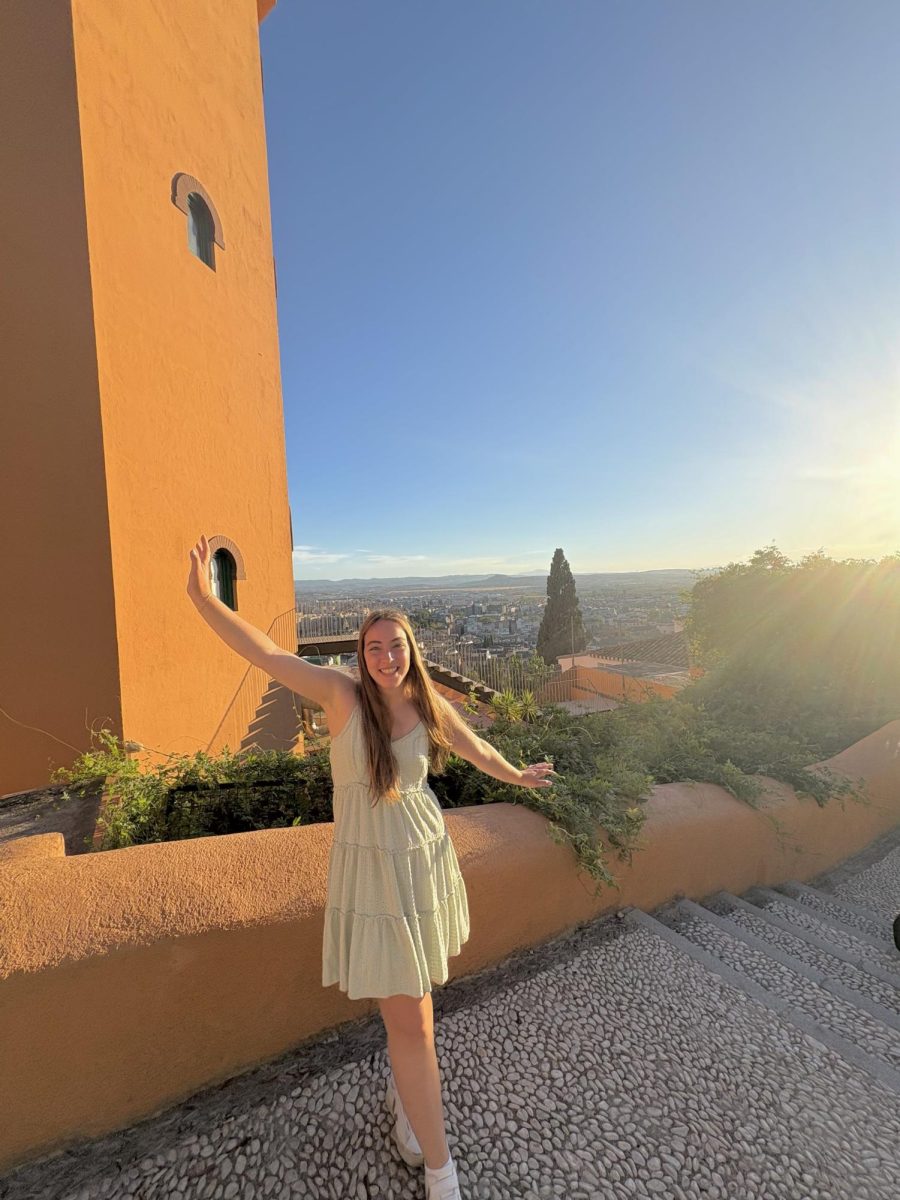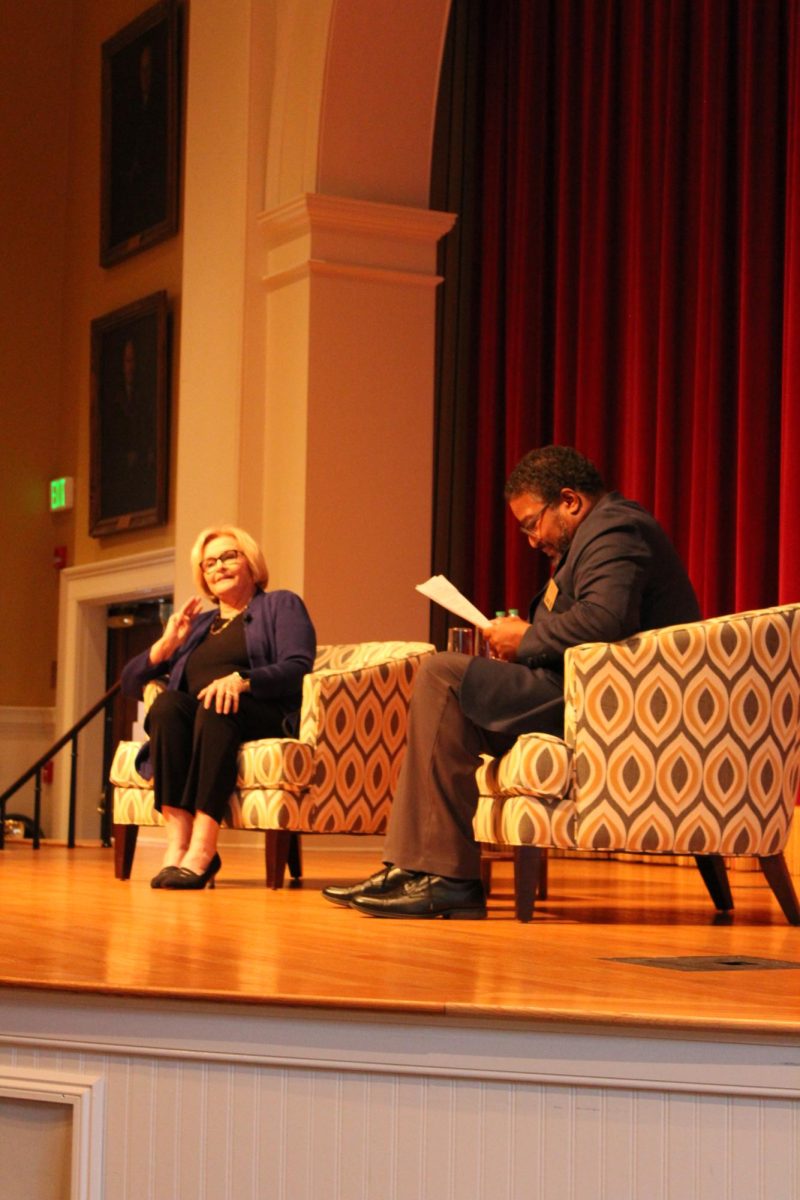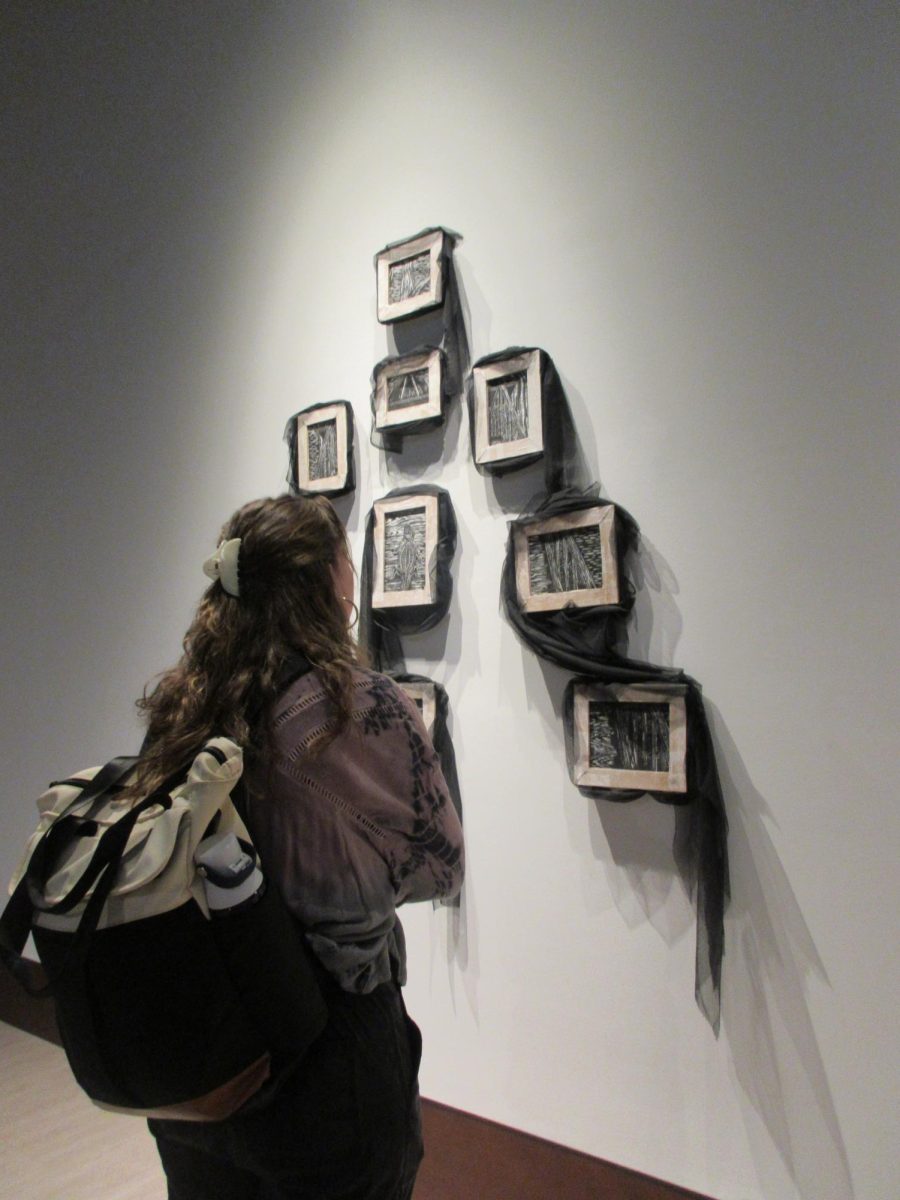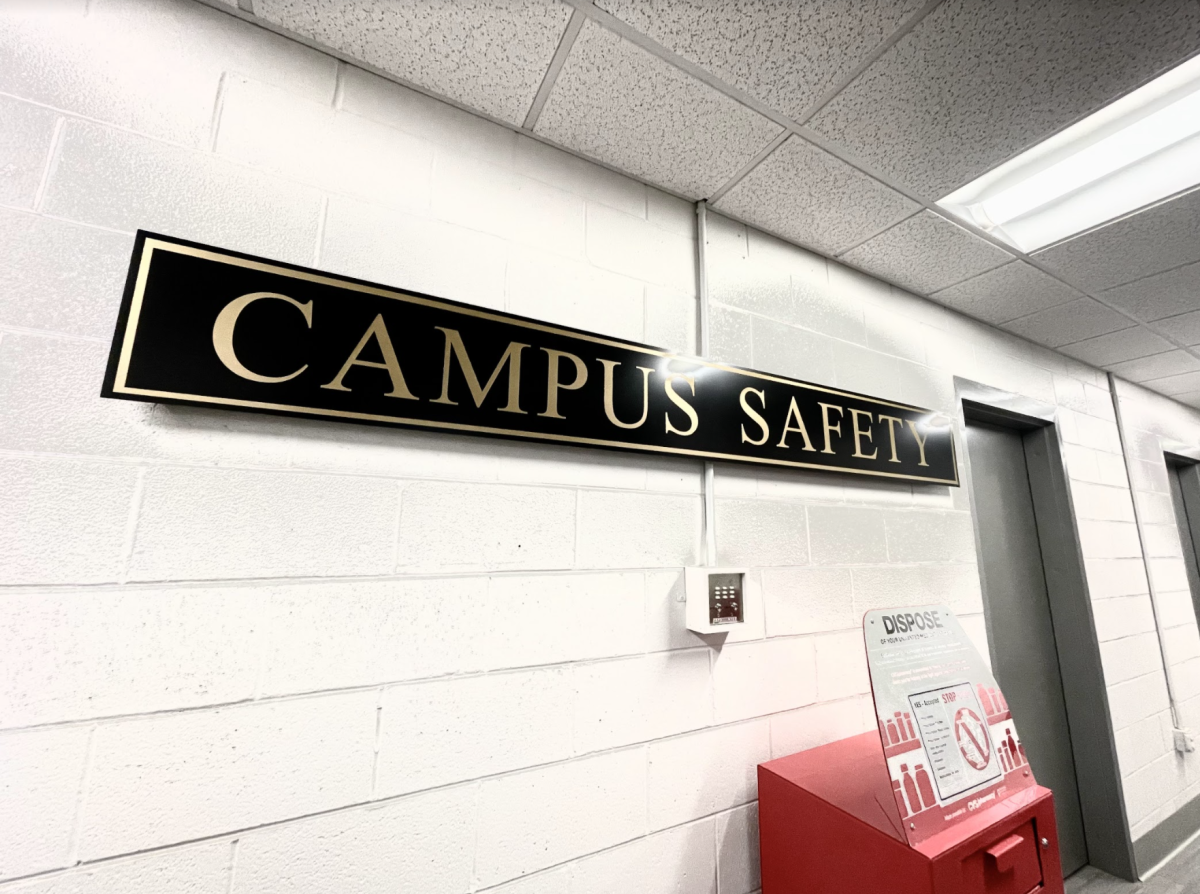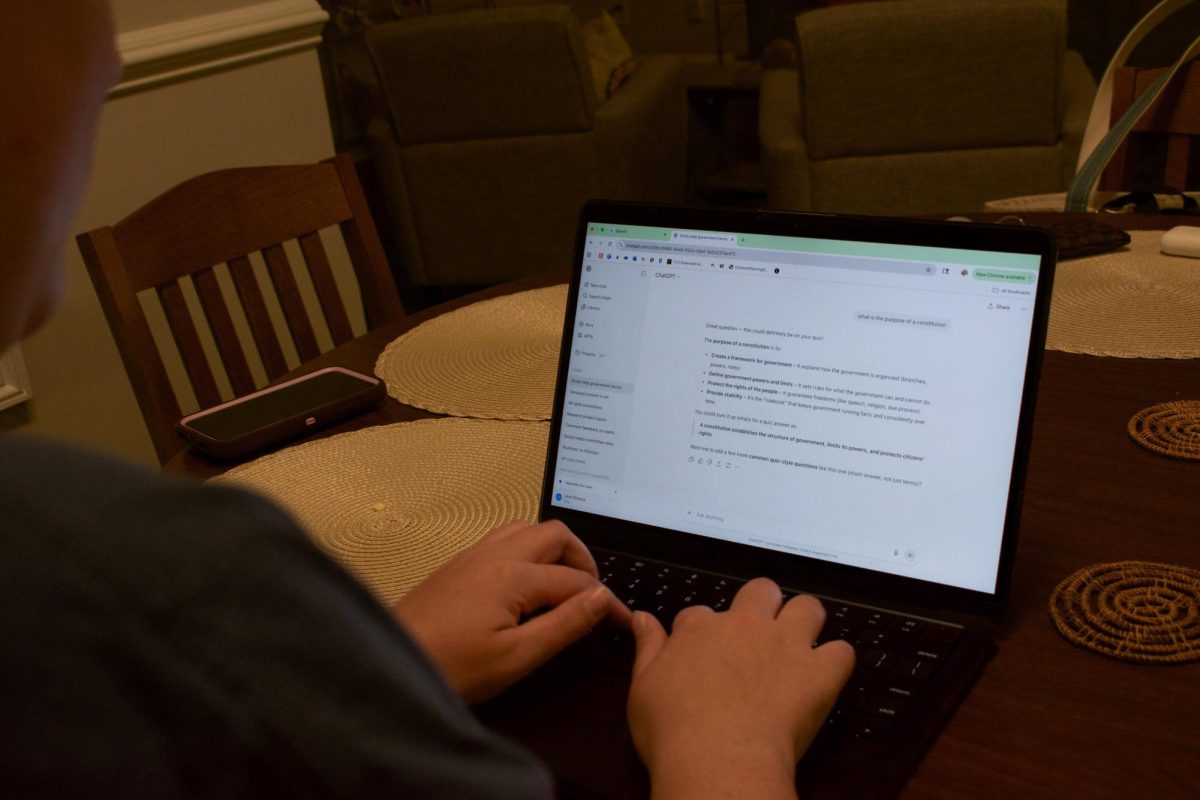TRIGGER WARNING: Active shooter situations discussed. This article discusses statistics and scenarios of active shooter situations in detail.
For 10 minutes on Friday, Nov. 12, Wofford College was locked down. A shelter in place alert was sent to every student, faculty and staff member, through the Rave alert system. When the ten minutes were over, classes resumed as usual.
Something very important had taken place: one of Campus Safety’s active shooter drills.
Director of Campus Safety, Randy Hall explained that the goal of the drill was for all of the campus including faculty, staff and students, to effectively practice procedures in the case of an active shooter. Hall has been the Director of Campus Safety at Wofford College for over fourteen years and is a Wofford graduate himself.
He explained that even the trainings and drills themselves are complicated entities, requiring prior training and much preparation.
“We use the trainings to spread the word and go over procedures,” Hall said. “These are not very well attended most of the time.”
Hall was referring to both the hosted campus union training as well as the lockdown drills, which take place during instructional time and cannot last very long as a result.
“The federal government says that every college that accepts federal money has to run test drills and exercises,” Hall said. “Some drills are more effective than others. The drill three years ago was full scale with multiple agencies.”
The drill in reference was more complicated, with actual actors portraying an active shooter and victims, complete with gunshot sounds and false horror. Many different parts of the Spartanburg community were involved.
“We notified everybody then so they would take it seriously,” Hall said.
When they did the full-scale drill, attendance at all of the training in the proceeding months went up.
Hall said that doing a full-scale drill once a year in addition to the regularly scheduled trainings throughout the year would better help members of the Wofford College community to be prepared in case of an actual situation involving a shooter.
It’s important to understand the context of these drills, and why campus safety insists on a rigorous process. With schools reopening after COVID-19 shutdowns, active shooter scenarios are again becoming a possibility on campuses across the nation.
Hall had thoughts on this. “Not to get into morbid subjects, but at Virginia Tech, all the classrooms had about 19 students. In one class there were 12 dead. In one classroom there were 2 dead. In one classroom there were no dead. That’s because people took action.”
One of the things stressed in the training is that if even one person steps up to act, more people will follow. “There were no plans to begin with. People had to think on their feet. Every two minutes that someone doesn’t take action, there are 3-4 killed,” said Hall.
“Police tactics have changed too. At Columbine, they sat around and waited on SWAT. You had numerous people killed. At Virginia tech, they waited till they got two or three people and they still had a lot of people killed. Now the philosophy is, the first officer, regardless of who he is, goes in. Times have changed.”
One of the other aspects of the trainings is getting the Wofford community in the loop for events, drills and even situations.
“There are several other resources that we need to advertise,” said Hall, “the first of which is your Rave alert. If you have a Wofford email you’re automatically enrolled. But everyone needs to go in and register their phones.”
Hall believes every student should be receiving text alerts- which are easy to set up from the MyWofford site. This allows notifications to be sent directly to every phone registered in the event of an emergency, allowing for a thorough way of contacting those needing to be informed of a situation.
“That’s available and the Rave Guardian safety app,” Hall continued. “That gives you a mobile panic button, even if you’re seven miles away and you fall down, we can see where you are and send help. It has a virtual escort feature and a chat feature, allowing you to talk silently in a lockdown scenario.”
Aside from the Rave alert system, the Rave Guardian app and staying up to date with the daily announcements, Hall had one last recommendation for students, faculty, and staff: “If you see a training, come to it.”



